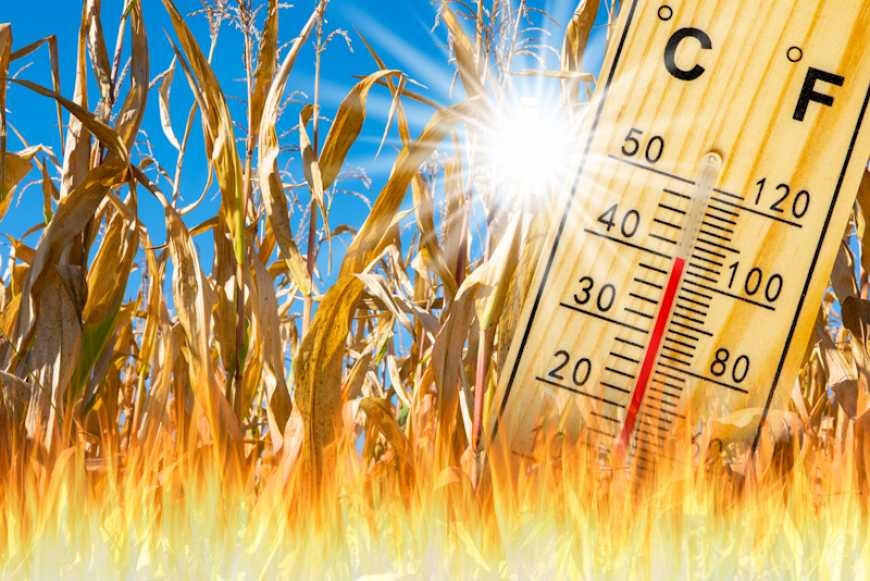Heavy rainfall in the US, the Canadian prairies and Australia will improve crop conditions, while drought in the south-west of the Russian Federation will continue to reduce the yield potential of late crops.

In the Midwest of the US, temperatures have risen to 30-33 ° C this week, but precipitation is expected this weekend, which will bring temperatures back to normal and continue to improve the condition of soybean and corn crops.
Another front will pass through next week, bringing additional precipitation favorable for corn and soybeans, which are in the filling stage.
The Southern and Central Plains of the United States also experience periodic showers that move in from the north and help crops develop. Excessive rainfall in the Northern Plains is beneficial for corn and soybean crops, although it delays the wheat harvest.
Rains have fallen this week in the southern Canadian prairies, where conditions have been drier, but they have come too late to improve some crops.
Rain is forecast for the weekend and next week, covering the entire prairies and continuing to improve the condition of wheat, canola, and corn crops.
Brazil is finishing up harvesting a record corn crop, and rainfall is expected next week, which may halt work but will be beneficial for winter wheat plantings.
This week, the cyclone passed from west to east across Ukraine, but unfortunately, precipitation again failed to reach the southeast, where drought continues to reduce the yield potential of late crops. Dry and warm weather is forecast for next week, which will facilitate the completion of the harvest of early grain crops and the loading of corn, soybeans and sunflower in the central and western regions.
In the southwest of the Russian Federation (the main wheat growing regions - Krasnodar, Rostov, Stavropol), hot and dry conditions persist, which are rapidly reducing the yield potential of late crops, especially corn. Dry weather will continue to be a problem for most of this region next week.
A front with good precipitation has covered Western Australia this week, but rain is forecast to continue into next week, allowing moisture to accumulate in the soil during the resumption of the winter wheat, barley and rapeseed vegetation, and increasing yield potential.


